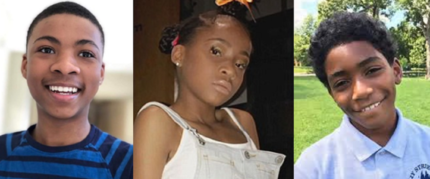
Of the 3,200 children’s books published in 2013, only 93 featured Black people, less than three percent.
Walter Dean Myers, former U.S. National Ambassador for Young People’s Literature and distinguished American writer, contextualized this disparity in a recent New York Times op-ed piece titled, “Where Are the People of Color in Children’s Books?”
“Books transmit vales. They explore our common humanity. What is the message when some children are not represented in those books?” he asked. “Where are Black children going to get a sense of who they are and what they can be? … I’m told that Black children, and boys in particular, don’t read. Small wonder. There is a work to be done.”
Myers was responding to research conducted by the Cooperative Children’s Book Center at the University of Wisconsin-Madison. The Center has been collecting information about the number of children’s books written and the demographic focus of each since 1985. In recent years, the books that focus on Blacks have consistently decreased. The books about American Indians, Asians and Latinos are even fewer.
Christopher Myers, son of Walter and notable writer and illustrator, echoed his father’s frustrations in his own New York Times op-ed piece, “The Apartheid of Children’s Literature.”
“This apartheid of literature — in which characters of color are limited to the townships of occasional historical books that concern themselves with the legacies of civil rights and slavery but are never given a pass card to traverse the lands of adventure, curiosity, imagination or personal growth — has two effects,” he says. “One is feeling that your story is not worthy of being told the other is having no map by which to explore the world,” Christopher insists.
He adds:
“[Black] kids today face the realities of our world, our global economies, our integrations and overlappings, they all do so without a proper map. They are navigating the streets and avenues of their lives with an inadequate, outdated chart, and we wonder why they feel lost.”


